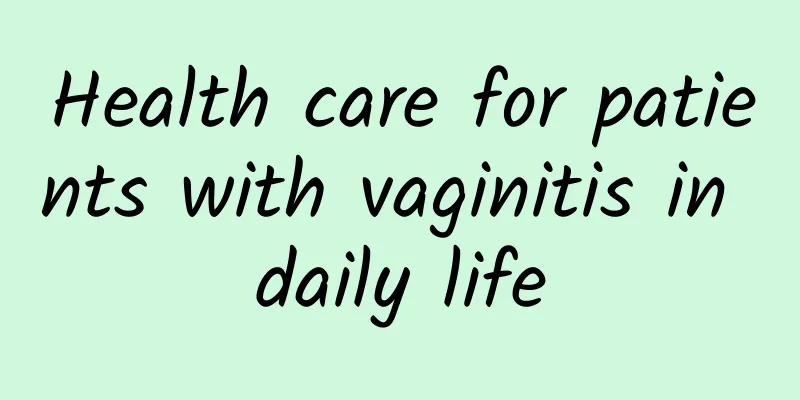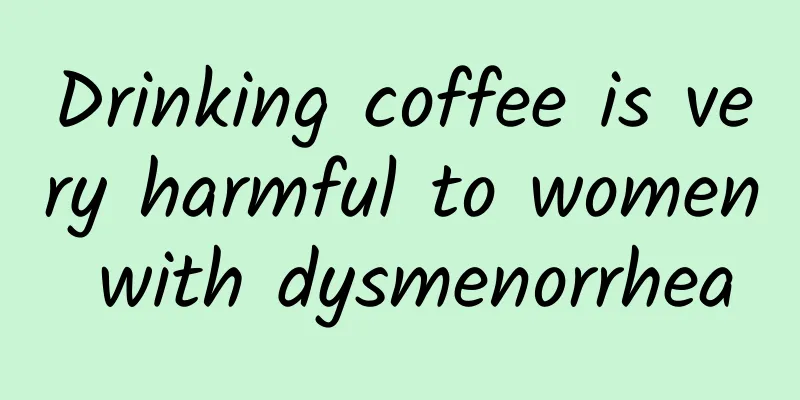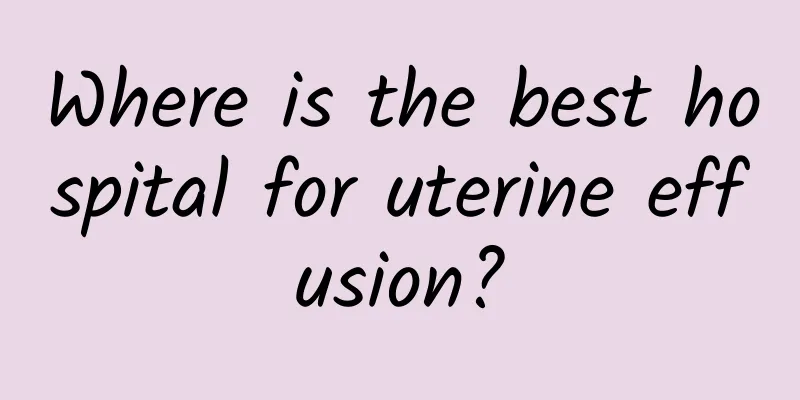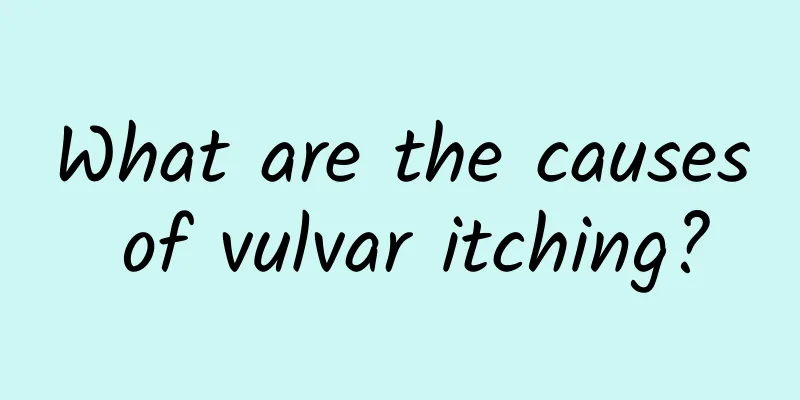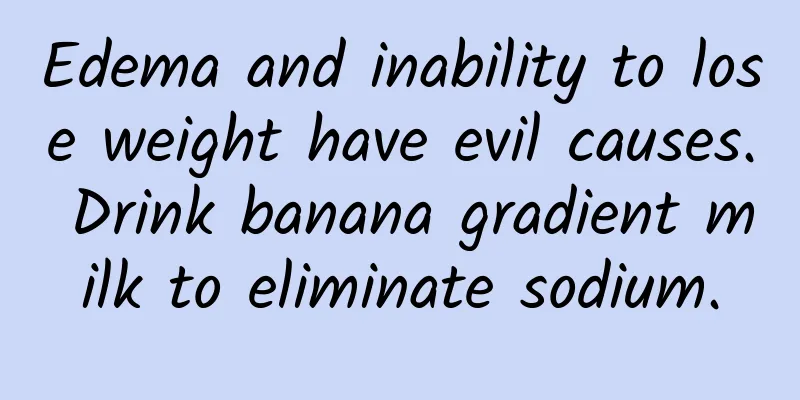How to treat polycystic ovary?

|
Polycystic ovarian disease can be unilateral or bilateral. If it is bilateral, it is more serious. It is difficult to treat women with polycystic ovarian disease. It can only alleviate the condition and affect their future fertility. Polycystic changes in both ovaries are indeed painful for women. No matter what the final treatment result will be, patients must actively cooperate with the doctor's treatment. The following editor will tell you what to do if polycystic changes in both ovaries are present. Bilateral polycystic ovary syndrome is a common endocrine disorder in women of childbearing age, with the onset age mostly between 20 and 40 years old. Many women are unable to get pregnant due to bilateral polycystic ovaries. Therefore, early detection of symptoms and early diagnosis and treatment are key. Early treatment is the key to treating PCOS. Here is a reminder that the earlier the treatment, the better the effect. If you wait until you are infertile after marriage to go to the hospital for treatment, it will cause greater mental trauma to the patient. Regardless of whether you have fertility requirements or not, once PCOS is diagnosed, you should be treated immediately to avoid irreparable regrets. More importantly, you should go to a regular hospital to find a professional doctor. Don't believe the misleading propaganda of those black clinics and small hospitals in society that claim to cure all diseases, so as not to delay the treatment and cause lifelong regrets for the patient. You should be aware of the changes in your body and be alert to the early "signals" of PCOS, so as not to give the disease a chance to spread. If you find irregular menstruation, scanty menstruation, even amenorrhea, androgenic and hirsutism, or obesity, you should consider the possibility of PCOS and go to the hospital for a check-up in time. General treatment: Patients should actively exercise, reduce the intake of high-fat and high-sugar foods, and lose weight. This can reduce androgen levels and help restore ovulation. Drug treatment: Drug treatment can counteract the effects of androgens and promote ovarian ovulation. The drugs used are mainly oral, and the drugs can also adjust the menstrual cycle. Generally, it takes about 3-6 months, and you can stop taking the medicine after the hormone level is tested to normal. Once the disease of polycystic changes in both ovaries is discovered, it must be treated immediately, otherwise it will have a great impact on the patient. Currently, it is mainly treated with medication, and surgical treatment is also used when necessary. The effect is indeed quite obvious. If the treatment is late, the patient is likely to become infertile and affect his or her life. |
<<: What does bilateral polycystic ovary mean?
>>: Causes of bilateral ovarian polycystic changes
Recommend
What are the main symptoms of early cervical warts?
We are not unfamiliar with cervical genital warts...
Why does menstruation suddenly decrease?
Why does my menstruation suddenly become less? Th...
Don’t let your liver get greasy! Nutritionist's 4 Tips for Smart Eating
Are you still abusing your liver? The liver is th...
What are the symptoms of secondary dysmenorrhea
What are the symptoms of secondary dysmenorrhea? ...
What medicine should I take for irregular menstruation? Irregular menstruation requires these 5 elements
Irregular menstruation is a common condition for ...
High-pressure fat people age prematurely! Supplement the right nutrition to keep your brain young
You forget things, your reactions become slower a...
Why is vaginitis always difficult to cure?
Why is vaginitis always difficult to cure? Vagini...
What are the types of cervical erosion?
Cervical erosion can be divided into different ty...
How to choose a hospital for endometrial tuberculosis
How to choose a hospital for endometrial tubercul...
What is abortion syndrome
During abortion operations, a small number of wom...
What anti-inflammatory drugs are generally used for pelvic peritonitis
What are the anti-inflammatory drugs for the trea...
Introduction to abnormal vaginal discharge
Under normal circumstances, leucorrhea is a white...
Suffering from uterine fibroids may also cause abnormal vaginal discharge
If you have uterine fibroids, you may also have a...
Pay attention to rest during the treatment of cervicitis
There are many things to pay attention to in the ...
How to prevent endometrial tuberculosis
Since endometrial tuberculosis often occurs after...


